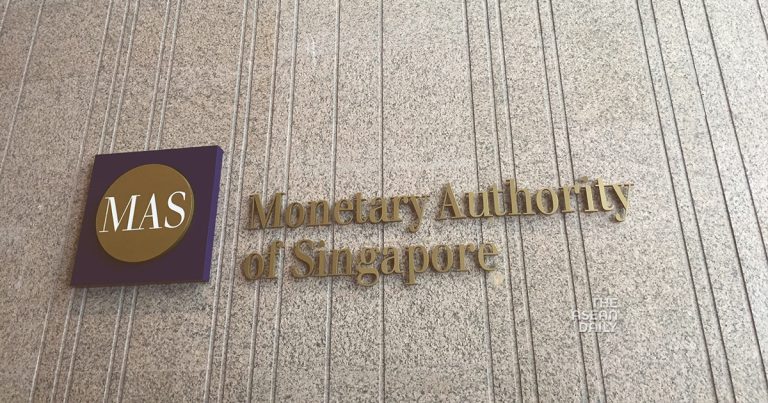29-1-2024 (SINGAPORE) The Monetary Authority of Singapore (MAS) has decided to keep its monetary policy stance unchanged as part of its ongoing efforts to strengthen the trade-weighted Singapore dollar and address persistent inflationary pressures. The central bank expects overall inflation to ease at a faster pace in 2024, despite core inflation exceeding expectations.
MAS has revised its estimate for overall inflation in 2024 to a range of 2.5% to 3.5%, down from the previous projection of 3% to 4%. However, the core inflation projection remains unchanged, expected to average between 2.5% and 3.5% for 2024.
In its quarterly monetary policy statement, MAS announced that it will maintain the current rate of appreciation of the Singapore dollar nominal effective exchange rate (S$Neer) policy band, with no changes to the band’s width or level at which it is centered. This policy is aimed at curbing imported inflation and containing domestic cost pressures to ensure medium-term price stability.
MAS explained that the recent decline in certificate of entitlement (COE) premiums and increased COE supply, along with other factors, have led to a lower forecast for Consumer Price Index (CPI)-All Items inflation in 2024.
The decision to keep policy settings unchanged was widely anticipated following recent data showing a rise in core inflation in December compared to the previous month. The full-year rate of increase in core prices also exceeded the average for 2022.
While overall inflation averaged 4.8% in 2023, down from 6.1% in 2022, it ticked up slightly in December 2023. The inflation rates in 2023 were influenced by the increase in the goods and services tax (GST) rate and other price adjustments in transportation, electricity, and gas tariffs.
MAS expects core inflation to rise in the current quarter due to the one-off impact of the GST increase and the carbon tax. However, setting aside these transitory effects, core inflation is projected to gradually decline over the course of 2024 due to lower imported costs and a slower pace of domestic cost increases.
The central bank remains hopeful that Singapore’s export-driven economy will pick up later in 2024, despite the near-term challenges posed by elevated interest rates in advanced economies. It anticipates that global final demand will improve as lower inflation supports private consumption and monetary policies in major economies become more accommodative.
MAS forecasts that Singapore’s gross domestic product (GDP) growth will range between 1% and 3% in 2024, following a 1.2% expansion in 2023.
Unlike most central banks, MAS uses the Singapore dollar’s exchange rate against a trade-weighted basket of currencies as the primary tool to manage inflation. The central bank intervenes in the foreign exchange market through the sale or purchase of Singapore dollars to ensure the S$Neer remains within the boundaries of its policy band.
MAS will release its next monetary policy statement in April, with subsequent reviews scheduled for July and October 2024.




